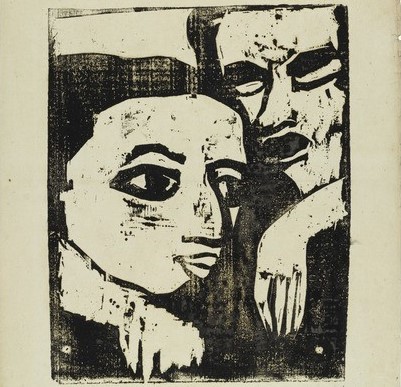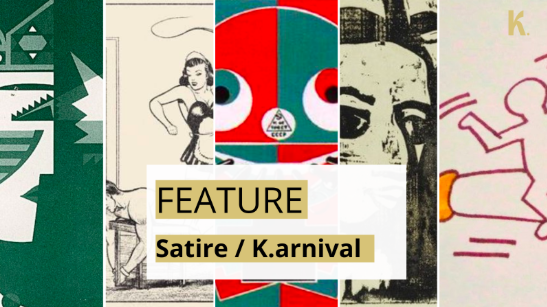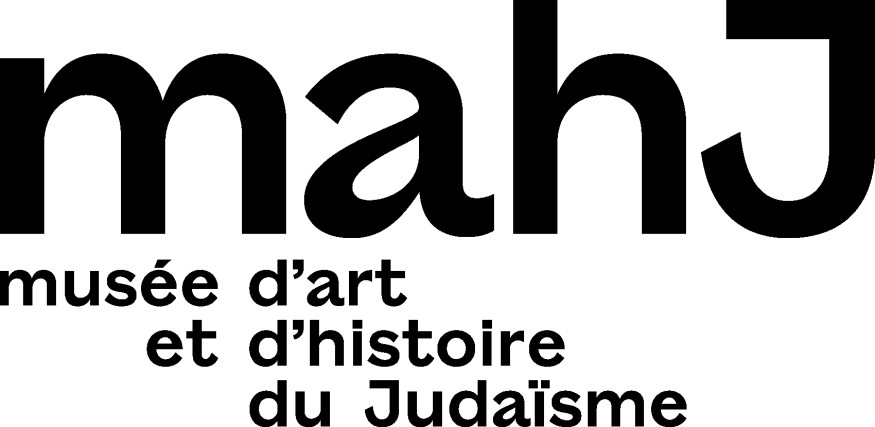On a plane, two Jews are having a conversation. In this short story – delivered at the 2004 Koret Jewish Book Award ceremony in New York – Barbara Honigmann humorously questions what Jews have in common, and what radically sets them apart.

Because the man sitting next to me on the flight to New York looked so much like my father, I assumed that he was Jewish, and I spoke to him in that vein until he confirmed it to me and I could tell him that I had already suspected as much and that I was Jewish too, and he said that he had already suspected as much too. So our conversation quickly moved from the weather to the Israeli-Palestinian conflict. Since we liked each other and didn’t want to fall out right away, after all, we still had eight hours of flight time together ahead of us, we were careful at first in expressing our opinions on the subject. Fortunately, however, it turned out that we had similar political ideas, and so we spent the time until lunch sketching out various peace initiatives.
As I ate my food, which was wrapped and sealed in many layers and declared kosher by the Paris Beth Din, while he ate his Air France meal, our conversation naturally turned to more religious topics. He explained his liberal, even, as he put it, “free” view of Judaism and the Jewish religion to me. We spoke English, but he said “free” in German, a word that has been preserved in Yiddish; and I explained my reasons for approaching the stricter view, and then we wished each other bon appétit and assured each other of mutual tolerance. After all: Kol Israel Chaverim! All Jews are companions to each other! If only it were the same beyond our chance encounter!
Then we told each other our life stories, our own and those of our parents and spouses and their parents, which all sounded quite similar. My neighbor was a real New Yorker, but his parents had immigrated from Poland and had a successful leather goods business, which he inherited and then sold. He now lives near Florence, which had always been his dream. I then showed him my Longchamp handbag, which my friends had given me for my last big birthday, after all, five adult women had chipped in to buy it in the chic Longchamp boutique. But he only gave the bag a brief pitying glance. Well, he understood that it had an emotional value for me, but otherwise, the only place where they still made real leather goods was where he now lived, near Florence. He had become very close with one of these Florentine bag and suitcase artists, which was why he had moved there, to a small town right on the Arno. He didn’t miss New York.
I told him about my parents’ life stories, how they had survived the Nazi era, where they emigrated to, and that they came back to Germany after the war, which he was very surprised about, really?, and how I myself later emigrated from Berlin to France. We then touched on the situation of Jews in France. We wondered if there was a new antisemitism in Europe. And what about the USA? They are not protected from it either, oh no, they never were. Anti-Judaism is as old as the history of the Jews, it has always accompanied them, always for different reasons, or rather always for the same reasons, as many books have been written about it. But actually we don’t want to take an interest in antisemitism, that’s not our problem, it’s their problem. Yes, of course, we completely agreed on that.
And the airplane was already preparing to land; time had literally flown by during our conversation.
We parted ways before passport control, with him going through for U.S. citizens and me joining the line for non-U.S. citizens. We said goodbye, thanking each other for the pleasant company.
We were left with only one question: what do goyim actually talk about?









